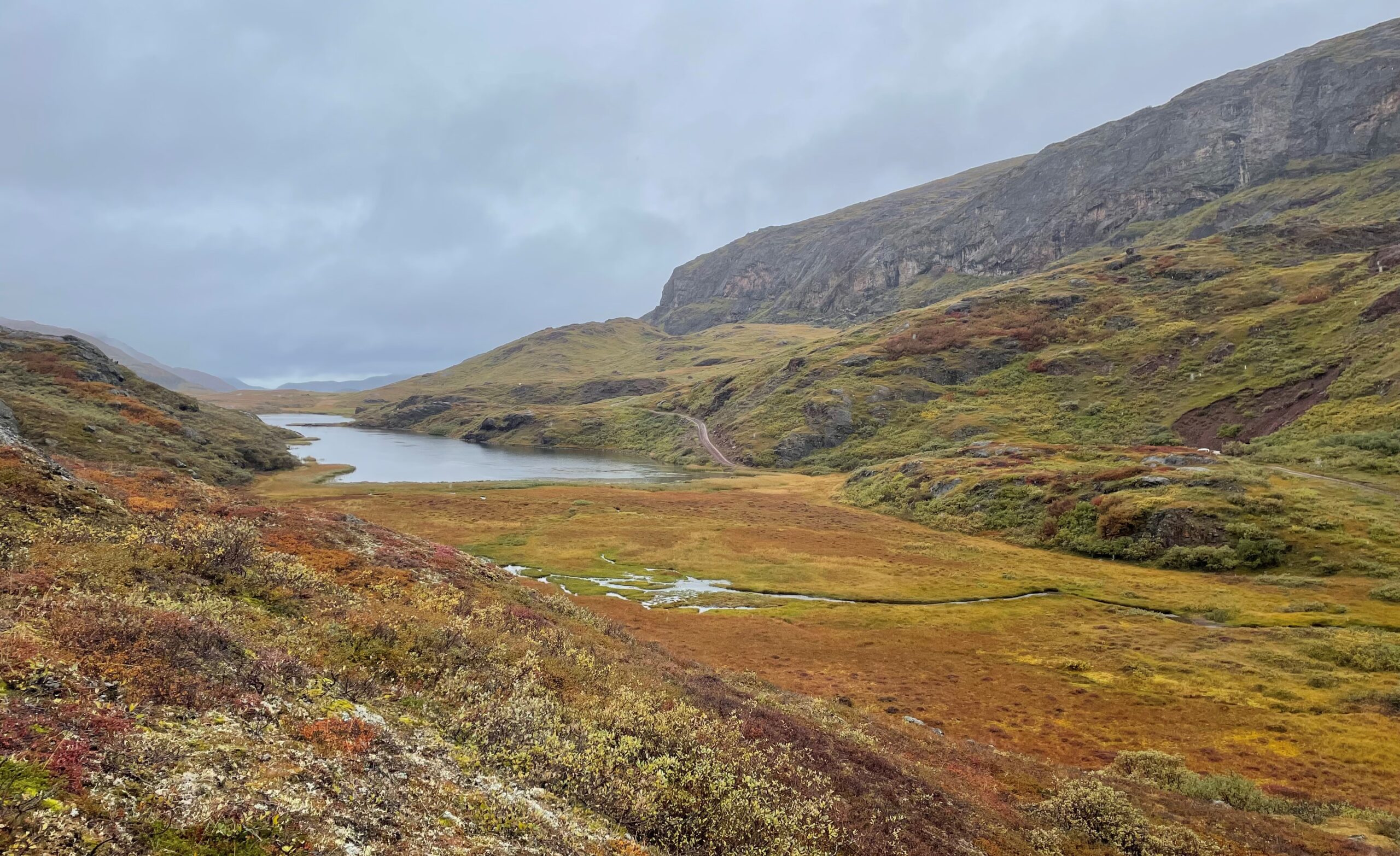Throughout the high-latitudes, rapid climate change manifests itself in many ways, including glacial retreat, permafrost thaw, changing the duration and depth of the snow cover and shifting precipitation from snow to rain, all with far-reaching consequences for Arctic ecosystems and both regional and global biogeochemical cycles. Glacially-sourced rivers and streams are generally characterized by high sediment loads, which in turn impacts Arctic Ocean chemistry and aquatic primary productivity. In this cluster, we aim to characterize organic matter and minerals in soils and the associated sediment fluxes from land to sea to help predict their fate upon discharge to the marine environment. We target contrasting hydrological conditions: snow melt in late spring/early summer, summer low flow, and autumn precipitation at the end of the growing season. In addition to these sample sets, we will install sensors to continuously monitor water chemistry, organic matter suspended particle load for two selected streams, one glacially-fed stream and one stream that is solely sourced from precipitation for comparison. The combination of detailed analyses for different seasons with longer-term monitoring will allow for an improved assessment of the seasonal variability and capture the effect of localized storm/precipitation events over the entire flow season. The results of this cluster will thus provide important constraints on the delivery of nutrients and carbon to the fjord ecosystem and thereby contribute to the overall aims of the flagship.
Cluster Project Investigator
Cluster Participants
Prof. Dr. Sebastian Dötterl, ETH Zürich
Prof. Dr. Timothy Eglinton, ETH Zürich
Aita Gantenbein, ETH Zürich
Lauritz Schönfeld, ETH Zürich
